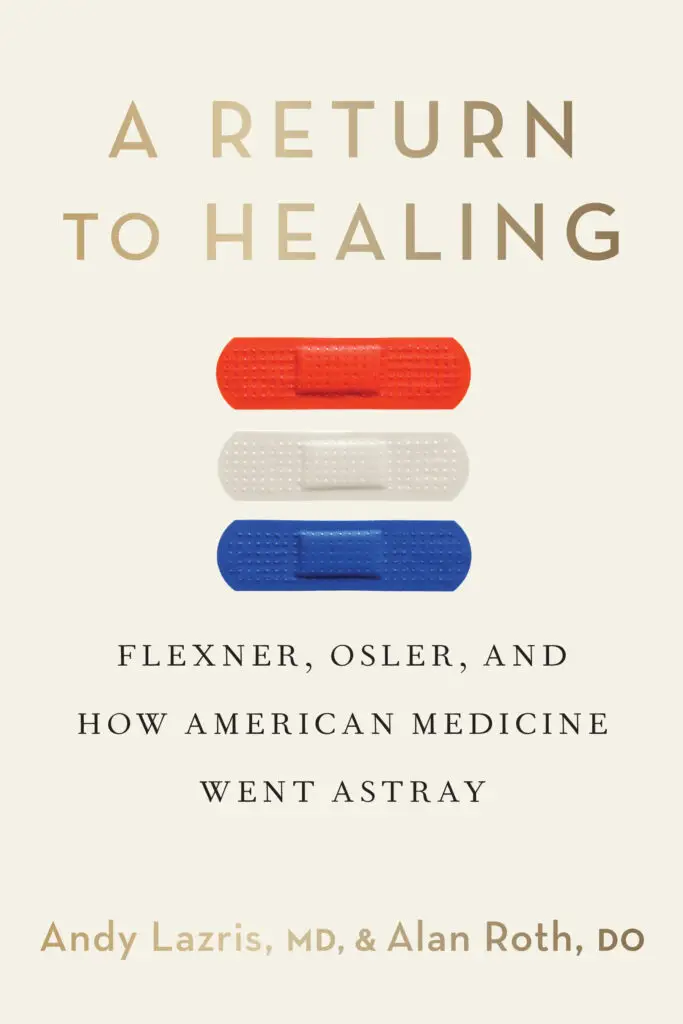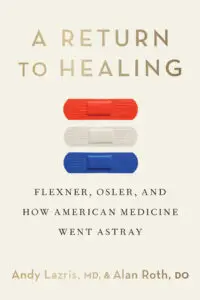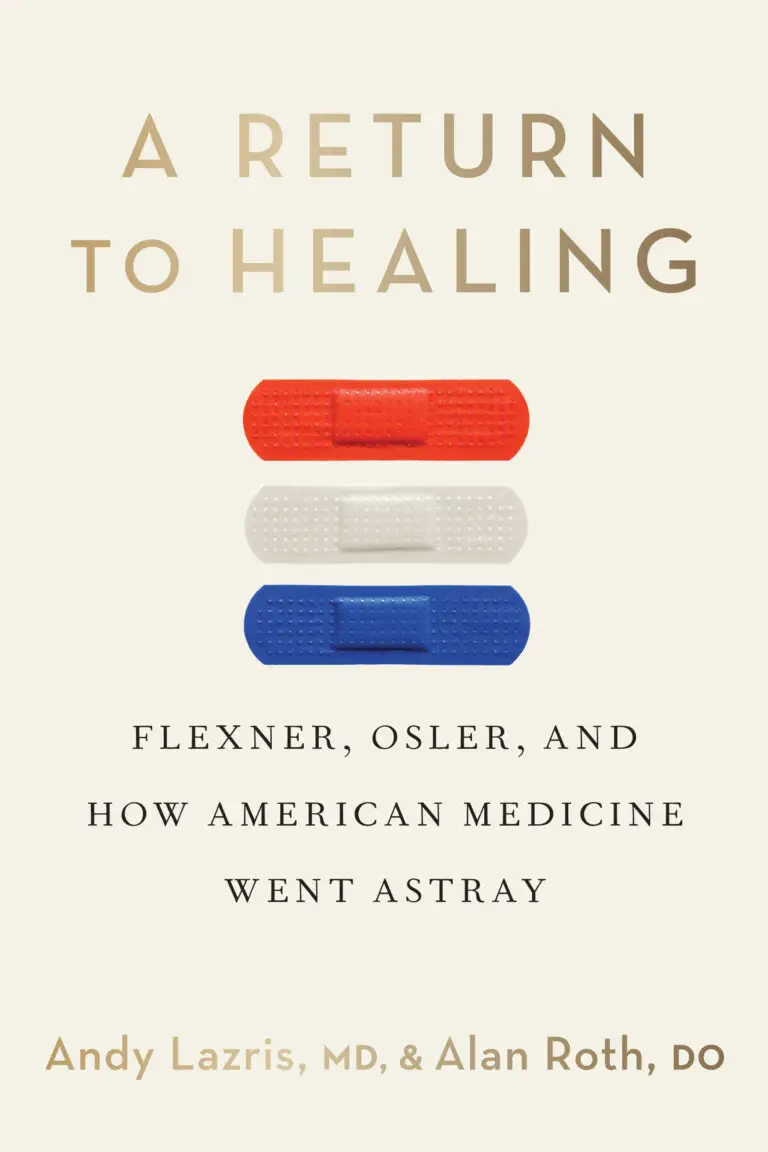When women’s pain is dismissed, diagnosis is delayed. Endometriosis deserves better—here’s how to change the story.
Endometriosis affects at least 1 in 10 reproductive-aged women, often causing debilitating pain, fatigue, and emotional distress. Yet it remains one of the most misunderstood and underdiagnosed conditions in women’s health. Many patients go years—sometimes decades—before receiving an accurate diagnosis or effective treatment.
In this must-read article from American Family Physician, Drs. Andy Lazris and Alan Roth, with contributions from Helen Haskell and John James, explore how delayed diagnosis of endometriosis reflects systemic bias, stigma, and a lack of patient-centered care. Their insights call for better awareness, earlier recognition, and more compassionate treatment strategies.
The Real Impact of Delayed Diagnosis
Endometriosis symptoms often go unrecognized for years. Many patients visit doctor after doctor, yet no one connects the dots. During this time, their pain intensifies, daily life suffers, and trust in the healthcare system erodes. Sadly, many are told their pain is “normal” or “all in their head.”
This is more than a missed diagnosis—it’s a pattern of diagnostic overshadowing, where a provider’s assumptions cloud judgment. It happens far too often in women’s health.
The article shares some sobering facts:
Most patients with endometriosis see 7 or more doctors before getting a diagnosis
The average delay in diagnosis ranges from 4 to 11 years
Delays worsen outcomes, increase costs, and cause long-term emotional distress
Many patients experience reduced quality of life, strained relationships, and missed work or school
What causes these delays? Too often, the system minimizes menstrual pain and overlooks the complexity of women’s symptoms. Instead of listening closely, some providers dismiss or downplay concerns, leading to years of avoidable suffering.
However, there’s a better way.
By recognizing common symptom patterns—such as chronic pelvic pain, painful periods, fatigue, and infertility—clinicians can identify endometriosis earlier, even without immediate surgical confirmation. When doctors trust patients and act early, they reduce harm and restore confidence in care.
A Smarter, Patient-Centered Approach to Endometriosis
The article advocates for early, non-invasive diagnosis based on symptom patterns, clinical evaluation, and imaging when appropriate—without automatically defaulting to surgery. First-line treatment includes NSAIDs, hormone therapy, and lifestyle changes such as anti-inflammatory diets, mindfulness, and complementary therapies. Surgery is considered only after conservative approaches fail.
Most importantly, the article emphasizes:
Listening to patients
Validating symptoms
Avoiding assumptions
Prioritizing shared decision-making
This is exactly the approach championed in A Return to Healing—a healthcare system that starts with respect and partnership, not dismissal and delay.







